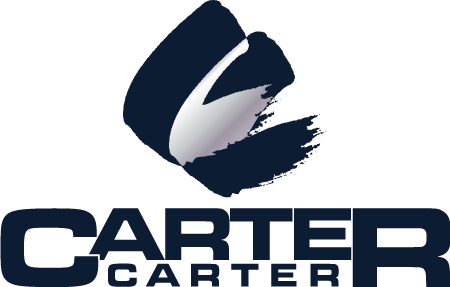Submissions for product substitutions and equals from subcontractors and suppliers will be accepted by the company for submission to the project designers only after it is confirmed that they have first met all relevant requirements of the individual subcontract or purchase order. If they have not, it is important to understand that processing such a submittal to the designers will likely expose the Company to otherwise unnecessary coordination, late deliveries, and even possible product liability. These considerations must, however, be weighed against the right of the design professional or owner to interpret the documents. You may after all be forced to pass through the submittal for their decision anyway. If this turns out to be the case, get it out and back as quickly as possible.
After specifically considering these references and concerns, proceed as described below for those submissions so confirmed to be appropriate.
Substitutions. Double-check that the submission is in fact a substitution. Don’t assume too easily. Is it really a change in the work? Legitimate reasons to consider a real substitution include:
1. The material described in the specification is no longer available.
2. It can be reasonably shown that the material described in the specifications is inadequate, inappropriate, or will not otherwise serve its intended purpose for whatever reason. Remember—substitutions do not necessarily mean a credit change order.
3. Material deliveries or other problems related to the specified material or equipment or its supplier will cause unacceptable delivery or erection schedules or will otherwise affect contiguous construction.
4. There is significant price and/or construction advantage with a proposed substitution to warrant the effort necessary for its approval, considering the strong possibility of having to offer an acceptable credit.
Upon such reconfirmation, comply explicitly with any/all stated submission requirements for substitutions, considering:
- Time of submission
- Number of copies
- Form, manner, and content of all submittal information
- Requirements for comparative information on “specified” items
For both equals and substitutions, there is usually some requirement to include a complete submission of the originally specified item, in order to allow the reviewer to conduct a side-by-side comparison of all product features and information. This is usually the third place where a subcontractor’s submission will be deficient (first: it will be late; second: there will only be one copy).
If such requirements are so explicitly stated, there is just no excuse for an improper submission. Don’t give anyone such a simple excuse for rejecting the submittal.
Exception: Submissions requiring preparation of detailed, individually drafted drawings, or other type of submission that will require elaborate, expensive preparation will just not be available from those (originally specified) vendors—at least not without considerable expense. In this case, point out the practical problem, and submit on the product itself, complying with all submissions requirements.
After all these requirements have been met, follow the procedures described in Section 4.10, “Submittal Requirements and Procedures,” to expedite the actual submission.
Equals. The procedure for treatment of submittals is similar to that for substitutions. The differences lie in the need or right of the GC or subvendor to make such a change, and the final treatment of the submittal by the contract. True “equals” stand a much stronger chance of seeing the light of day:
1. Review, as with substitutions, the respective subcontract or purchase order to confirm that there’s a need for any action other than insisting that the sub-vendor provide specified material. Upon such reconfirmation, comply explicitly with any/all stated submission requirements for substitutions, considering time, quantities, and form.
2. Process the submittal in accordance with the procedures described in Section 4.10, “Submittal Requirements and Procedures.”
3. Consider if the specification can be considered proprietary (refer to Section 3.5.16). If so, consider calling attention to this idea in the submission transmittal.
4. Be prepared to have your submission treated as a substitution, with the result that the first designer reaction to it will be flat rejection on inappropriate grounds. Consider ways to head off this time-wasting posturing.



Post your comment on this topic.